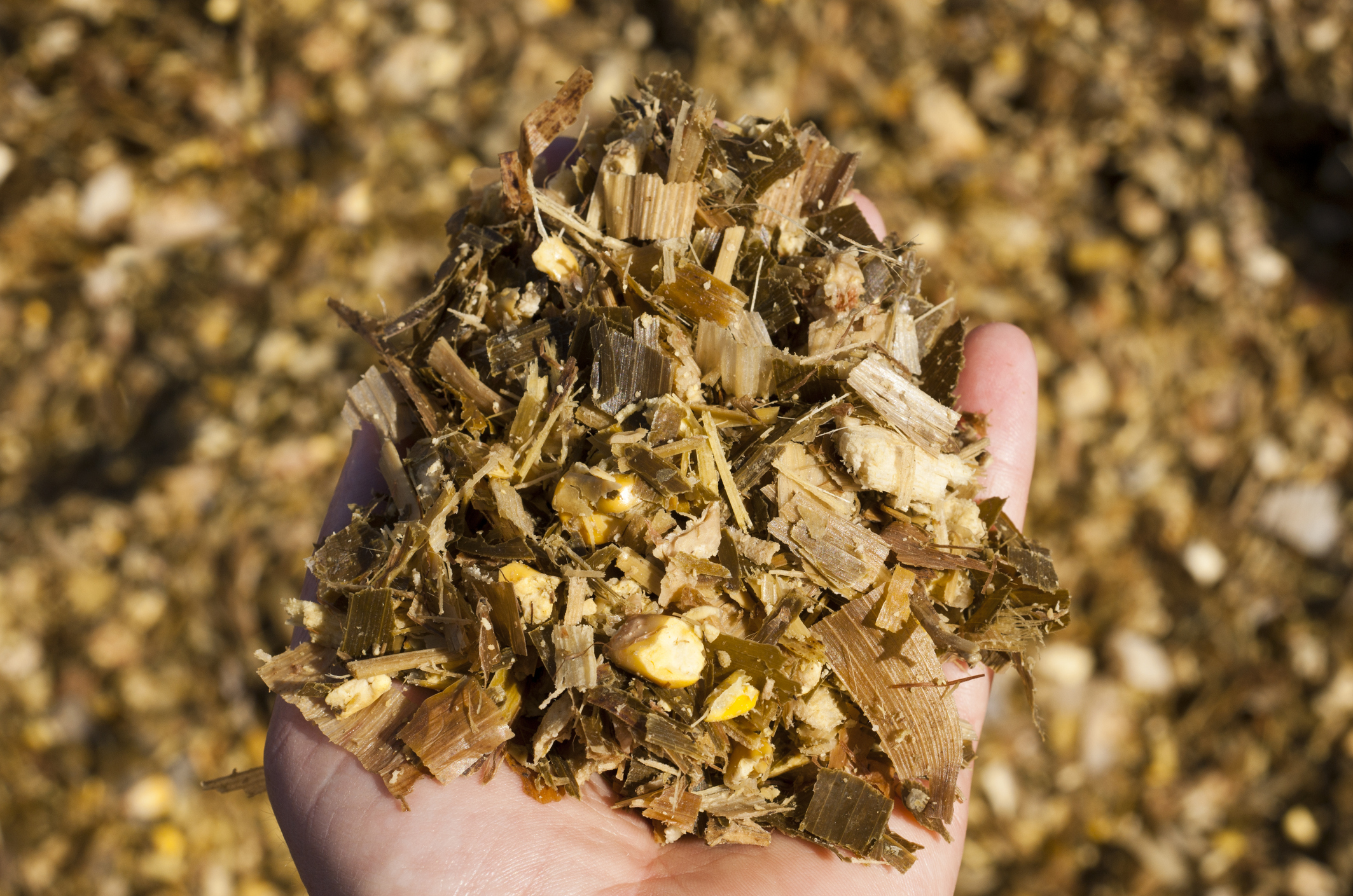As fermentation of this year’s corn harvest nears completion, ranchers across the country are determining what comes next for the crop. Typically, this means calculating the input cost or price of selling the silage off-ranch. But this year, it might be time for ranchers to consider the value of keeping and feeding the crop to their cattle.
Silage has many advantages — it’s an excellent energy source, and the digestible fibers add palatability and conditioning to the livestock’s diet while providing additional moisture. Used in cow-calf, backgrounding, and feedlot operations, excess silage from the year is often used to supplement diets. However, research shows rangers could be underestimating the economics of feeding the crop to their beef cattle.
According to a recent survey, the average inclusion of dry silage in diets is less than 22% and less than 11% in finishing diets. However, research from the University of Minnesota suggests that silage could comprise between 40% and 60% of dry diet matter while remaining economical for ranchers. Further experiments from North Dakota State University’s Extension explore this idea in depth, demonstrating that higher amounts of silage have a relatively negligible impact on cattle weight gain while contributing to a slightly less efficient feed conversion.
Best Practices for Maximizing Corn Silage Value
Considering the elevated price of corn in the past few years, using a higher ratio of corn silage to regular corn in diets is becoming the more economical choice for ranchers. Ultimately, it’s about weighing the value of weight gain against the cost of gain, which varies.
Yet no matter how much silage is determined to be the most cost-efficient for cattle diets, best practices for managing silage shrink and avoiding spoilage are critical. Ranchers need to keep in mind:
Spoiled Silage Carries Risk
The more hay that is spoiled, the bigger the risk to livestock. While research into the specific impact of feeding spoiled silage to cattle is slim, the results are telling. Spoiled silage reduces dry-matter intake and crude protein digestibility in cattle — meaning if ranchers think even a small portion of the crop might have black slime or other surface-spoiled material, it’s best to skip the practice altogether.
Harvesting, storing, and using corn silage as an economical way to feed livestock could unlock more efficient operations for ranchers. But this process requires the right equipment to make that a reality. Suppose you’re searching for tractors and agricultural equipment to effectively care for corn silage. In that case, your local John Deere dealer can assist you in selecting the right equipment for the job.
